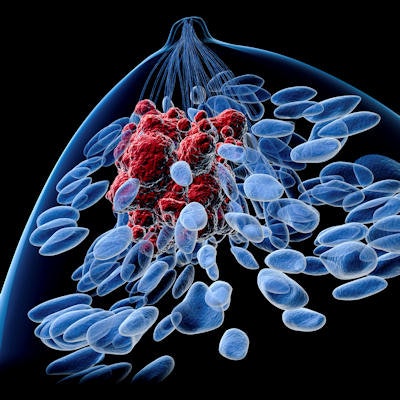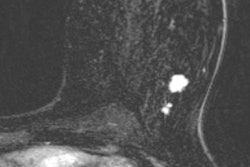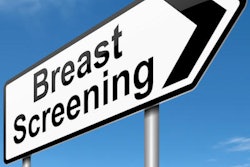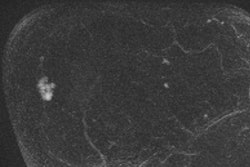
Adding MRI to mammography improves the detection of recurrent breast cancer in women who have been treated for the disease, according to a study published on June 22 in JAMA Oncology. What's more, MRI appears to be a better option than ultrasound as an adjunct to mammography.
Researchers from multiple centers in South Korea conducted the prospective study from 2010 to 2016 to examine the usefulness of adding MRI or ultrasound to mammography to screen younger women who had been treated for breast cancer with breast conservation surgery and radiation therapy. They found that while MRI and mammography had higher recall and biopsy rates, the combination was the most effective in detecting recurrent cancer in these women (JAMA Oncol, June 22, 2017).
Previous studies indicate that women younger than 50 who receive breast conservation therapy rather than total mastectomy can have a lifetime risk of at least 20% for developing a second breast cancer. But clinical guidelines do not advise the use of MRI in addition to mammography for screening women with a personal history of breast cancer, in spite of mammography's shortcomings.
Therefore, a multicenter group led by Dr. Nariya Cho of Seoul National University Hospital performed a three-year screening regimen that included annual mammography, ultrasound, and MRI scans on 693 women. The women were between the ages of 20 and 50 and had received a diagnosis of ductal carcinoma in situ or invasive breast cancer, which was treated with breast conservation therapy. Clinical breast exams were performed every six months.
A total of 17 breast cancers were found in 17 women (2.3%), with 12 cancers detected in the first year, three in the second year, and two in the third year. No interval cancers were found, no cancers were found on clinical breast examination, and all cancers were detected by at least one of the three modalities.
The researchers then analyzed various statistical parameters between the modalities. In general, mammography with MRI performed the best in terms of cancer detection rate, cancer yield, sensitivity, and area under the curve (AUC). Ultrasound with mammography also performed better than mammography alone, but not as well as the addition of MRI.
| Performance of annual screening to detect recurrent breast cancer | |||
| Parameter | Mammography | Mammo + US | Mammo + MRI |
| Cancer detection rate per 1,000 exams | 4.4 | 6.8 | 8.2 |
| Sensitivity | 52.9% | 82.4% | 100% |
| Specificity | 96.0% | 87.6% | 87.0% |
| Recall rate | 4.4% | 13.0% | 13.8% |
| Biopsy rate | 0.5% | 1.4% | 2.7% |
| AUC | 0.79 | 0.92 | 0.99 |
Breast MRI with mammography also detected cancers at an early stage, with 13 of the 17 cancers graded as stage 0 or I. Only one cancer was stage IIB, comparable to other studies of breast MRI in high-risk women.
While MRI with mammography performed the best, it also resulted in higher recall and biopsy rates, in line with previous research that found a higher false-positive rate with breast MRI, the researchers noted.
However, these outcomes could be outweighed by the harm of false-negative findings, they concluded.
"The false-positive findings caused by MRI screening examinations might be within acceptable ranges if informed women choose them," they wrote.



















